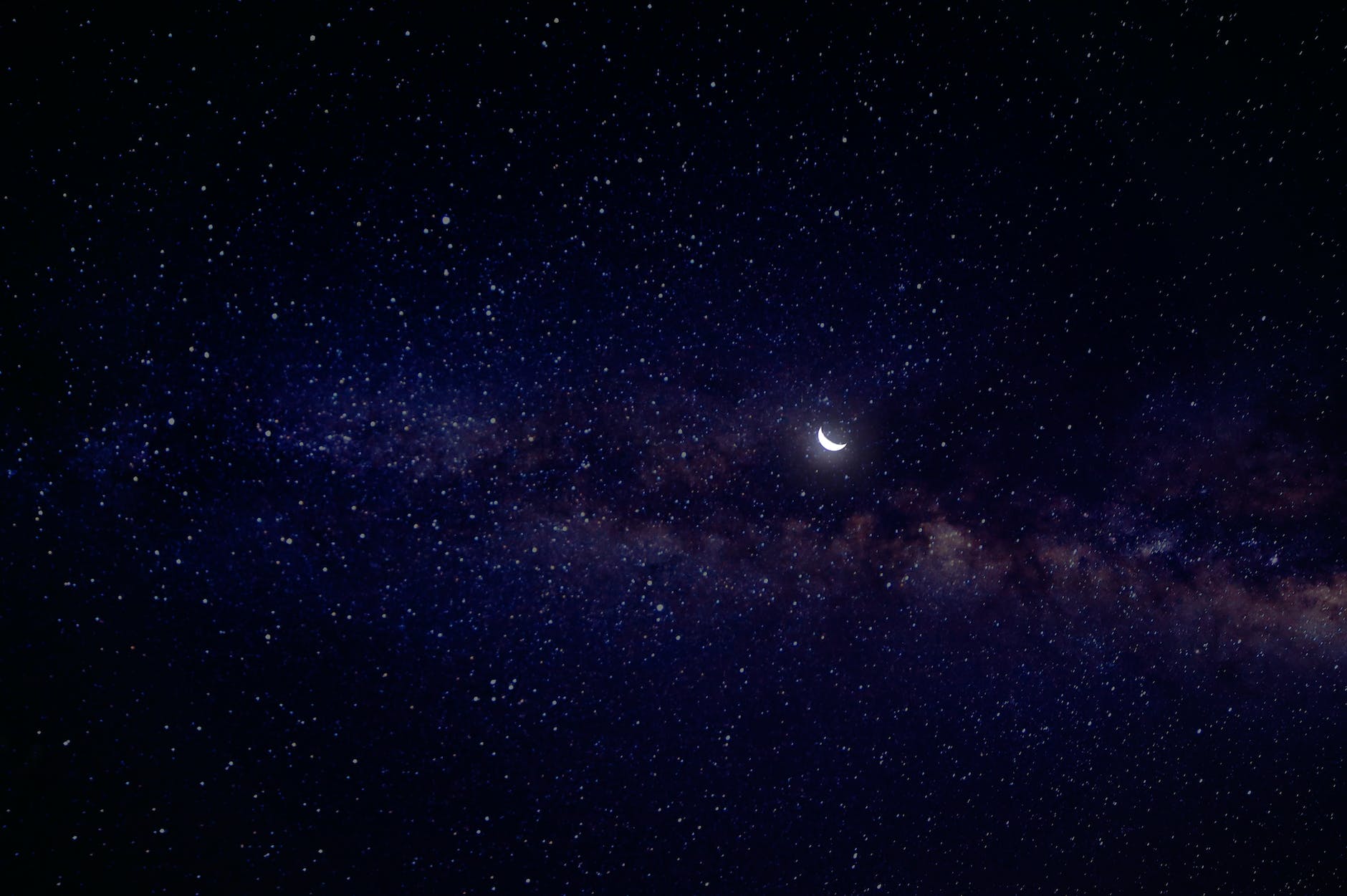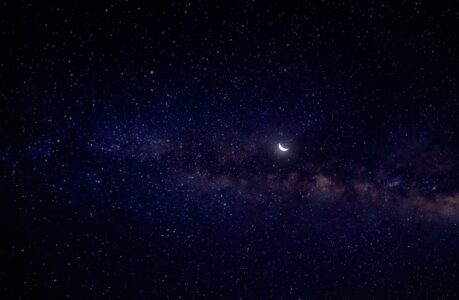Discover how moonlight affects the beauty and clarity of deep sky observing, and how to make the most of your stargazing experiences.
Have you ever marveled at the captivating beauty of the night sky? The countless stars strewn across the celestial canvas, beckoning us to explore the mysteries of the universe. Deep sky observing allows us to peer into the depths of space, unveiling distant galaxies, nebulae, and star clusters. However, one often overlooked factor that significantly impacts our ability to observe these celestial wonders is the presence of moonlight. In this article, we delve into the fascinating world of deep sky observing and explore the ways in which moonlight influences our astronomical experiences. Get ready to embark on an enlightening journey through the cosmos!
The Moon: Our Celestial Companion
Before we dive into the effects of moonlight on deep sky observing, let’s take a moment to appreciate the moon itself. As Earth’s only natural satellite, the moon has fascinated humans for millennia. Its serene presence and changing phases have inspired poetry, art, and scientific inquiry. However, when it comes to deep sky observing, the moon can be both a blessing and a hindrance.
The Bright Side: Lunar Illumination
The moon’s brilliance is undoubtedly awe-inspiring. When the moon is full or near full, its reflected sunlight bathes the Earth, creating a luminous glow that can light up the darkest corners of the night. This illumination can be advantageous for various types of observing. For beginners or casual stargazers, moonlit nights provide a gentle introduction to the night sky, making it easier to navigate and identify constellations and brighter celestial objects.
Moonlit landscapes also offer a unique visual experience. The interplay between moonlight and earthly features creates an ethereal atmosphere, casting dramatic shadows and revealing intriguing textures. Astronomers and astrophotographers often use this opportunity to capture stunning landscape astrophotography, combining the grandeur of the night sky with terrestrial elements.
The Dark Side: Moonlight and Deep Sky Observing
While moonlight can enhance certain aspects of stargazing, it poses challenges for those who seek to explore the depths of space. Deep sky observing involves observing faint, distant objects such as galaxies, nebulae, and star clusters. These celestial wonders often require long exposure times to capture their delicate details, and moonlight can disrupt this delicate balance.
The primary issue with moonlight is light pollution. As the moon shines brightly, it washes out the contrast between deep sky objects and the background sky. The faint glimmers of distant galaxies or intricate nebulae become obscured, reducing their visibility and making it challenging to appreciate their full splendor. This light pollution is similar to the urban glow that obscures stars in cities, albeit on a smaller scale.
Moreover, moonlight interferes with the eyes’ ability to adapt to low light conditions. Our eyes are marvelous instruments, capable of adjusting to the darkness and revealing faint objects in the night sky. However, when the moon is present, its glow can prevent our pupils from dilating fully, limiting our ability to perceive faint details and subtle variations in brightness.
Lunar Phases: Finding the Balance
Understanding the lunar phases is crucial for planning deep sky observing sessions. The moon’s brightness and visibility change throughout its monthly cycle, and different phases offer unique opportunities for stargazing enthusiasts. Let’s explore the lunar phases and their impact on deep sky observing.
New Moon: Embrace the Darkness
During the new moon phase, the moon is positioned between the Earth and the sun, and its unilluminated side faces us. As a result, the night sky is at its darkest, presenting an optimal opportunity for deep sky observing. With minimal moonlight interference, the faintest celestial objects become more accessible and reveal their intricate details. This phase is highly coveted by astronomers and astrophotographers who seek to capture the mesmerizing beauty of distant galaxies and nebulae.
Waxing Crescent to First Quarter: The Moon Rises
As the moon transitions from the new moon phase to the first quarter, its illuminated portion gradually increases. During this phase, the moon rises in the eastern sky during the late afternoon and sets in the western sky around midnight. While the moon’s presence may introduce some light pollution, it is still possible to engage in deep sky observing. Fainter objects might be challenging to detect, but brighter galaxies and nebulae can still be enjoyed.
Waxing Gibbous to Full Moon: The Moon Dominates
In the waxing gibbous and full moon phases, the moon’s luminosity intensifies. These phases are often referred to as the “moonlit nights” since the moon remains in the sky for most of the night, overpowering the darkness. During this time, deep sky observing becomes challenging, as the moon’s radiance significantly hampers the visibility of faint celestial objects. It is best to focus on lunar observing or other activities that do not require extreme darkness.
Waning Gibbous to Last Quarter: The Moon Wanes
As the moon wanes from full to last quarter, its brightness gradually diminishes. The moon rises later in the night, allowing for longer periods of darkness and better conditions for deep sky observing. Although some light pollution is still present, patient observers can still uncover the beauty of faint galaxies, nebulae, and other deep sky objects.
Lunar Calendar and Planning
To make the most of your deep sky observing sessions, it is essential to consult a lunar calendar. These calendars provide information about the moon’s phases, rise and set times, and illumination percentage. By keeping track of the lunar cycle, you can plan your observing sessions during the phases that offer the best conditions for your desired observations.
Enhancing Your Deep Sky Observing Experience
While moonlight can be a challenge, several techniques and tools can help mitigate its impact and enhance your deep sky observing experience. Let’s explore some of these strategies:
Dark Sky Locations
Choosing a dark sky location is crucial for deep sky observing. Opt for areas away from city lights and light pollution sources. National parks, remote rural locations, or dedicated astronomical observatories provide optimal conditions for observing faint celestial objects. These dark sky sanctuaries offer minimal moonlight interference, allowing you to appreciate the beauty of the night sky without compromise.
Filters
Light pollution filters, such as broadband or narrowband filters, can be invaluable for deep sky observing under moonlit conditions. These filters selectively block certain wavelengths of light associated with light pollution, enhancing the contrast between celestial objects and the background sky. By using appropriate filters, you can minimize the impact of moonlight and reveal the intricate details of galaxies, nebulae, and star clusters.
Observing Targets
Adapting your observing targets to moonlit conditions can help maximize your stargazing experience. Instead of focusing on faint and distant objects, explore brighter deep sky objects that can withstand the moon’s radiance. Star clusters, bright nebulae, and double stars are excellent choices for moonlit nights. These objects offer captivating views and intricate details that remain visible even under the moon’s glow.
Astrophotography Techniques
For astrophotographers, moonlit nights offer unique opportunities for landscape astrophotography. Incorporating the moon into your compositions can create stunning visual effects, with its soft glow casting enchanting shadows and highlighting earthly features. Experimenting with long exposure photography and different compositions can result in captivating images that showcase the delicate balance between moonlight and the night sky.
Embrace the Mysteries of the Moonlit Night
Moonlight adds a layer of complexity to the art of deep sky observing. While it presents challenges for those seeking the faintest celestial objects, it also offers unique opportunities for different types of observing experiences. By understanding the lunar phases, planning your observing sessions, and employing the right techniques and tools, you can embrace the mysteries of the moonlit night sky and unravel the wonders of the universe. So, grab your telescope, find a dark sky location, and let the moonlight guide you on an unforgettable journey through the cosmos.

